From Molecules to Organisms: Structures and Processes
-
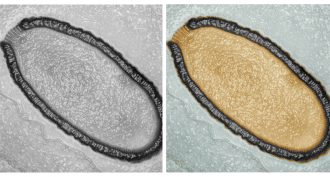 Microbes
MicrobesReturn of the giant zombie virus
Scientists have discovered a new type of virus in Siberian soils. It's the largest virus ever discovered. And guess what: It could infect cells even after 30,000 years in cold storage.
-
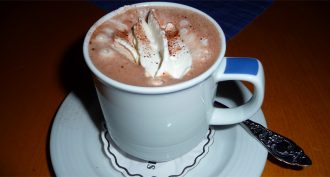 Health & Medicine
Health & MedicineSome of chocolate’s health benefits may trace to ‘bugs’
Dark chocolate offers people a number of health benefits. A new study finds that the breakdown of chocolate by microbes in the human gut be behind some benefits.
-
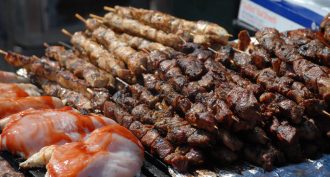 Health & Medicine
Health & MedicineLow protein, longer life — for some
Eating less protein can lengthen life and improve health. That’s the message from new studies in mice and in people.
-
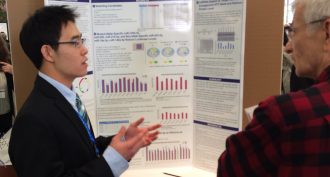 Health & Medicine
Health & MedicineTeen uncovers new weapons to stop Huntington’s disease
David Seong, an Intel Science Talent Search finalist, is studying how tiny pieces of genetic material might be used to lock up a dangerous protein in Huntington’s disease.
-
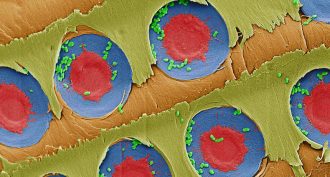 Tech
TechBranching out for safer water
Clean drinking water could be only a tree branch away, a new study finds.
By Beth Geiger -
 Health & Medicine
Health & MedicineTeen finds the ‘shape’ of our beating hearts
Kevin Lee used math to probe how the shape of a beating heart relates to electrical signals from the brain. He unveiled it at the 2014 Intel Science Talent Search.
-
 Health & Medicine
Health & MedicineIntel STS finalist finds new flu fighters
Intel Science Talent Search finalist Eric Chen used a computer simulation to narrow down chemical targets to fight influenza. The drugs that he identified could be the next big weapons against flu.
-
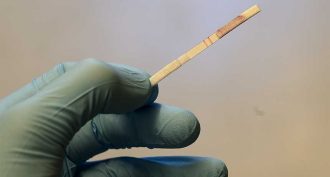 Health & Medicine
Health & MedicineSimple test for cancer and heart disease
Disease diagnosis often requires expensive equipment and tests to probe deep inside the body. But a new test relies on a fast, cheap and easy technique. And its answers appear on a strip of paper — just as they do on a pregnancy test.
-
 Earth
EarthIntel STS finalist brings earthworms to the big time
Earthworms and charcoal help plants resist infections, according to research by Anne Merrill, a finalist in the 2014 Intel Science Talent Search.
-
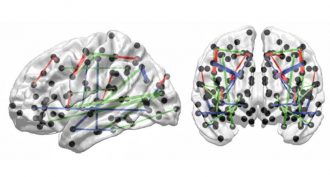 Brain
BrainMapping the brain’s highways
A new map may explain why some brain injuries are worse than others. Even relatively minor injuries that disrupt message superhighways may have a more devastating impact than some seemingly catastrophic injuries.
-
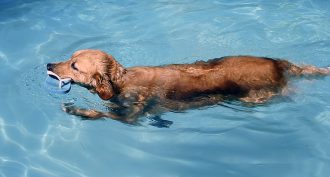 Animals
AnimalsDissecting the dog paddle
Scientists occasionally describe the dog paddle as a “trot,” but that’s not right. When dogs swim, their complicated leg motions look more like a frantic run.
-
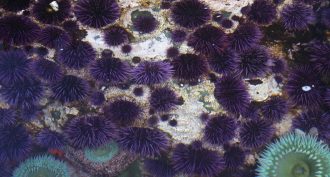 Life
LifeCaught in the act
Scientists observe some evolutionary speed demons as they adapt over the course of just a few years to new environmental conditions.